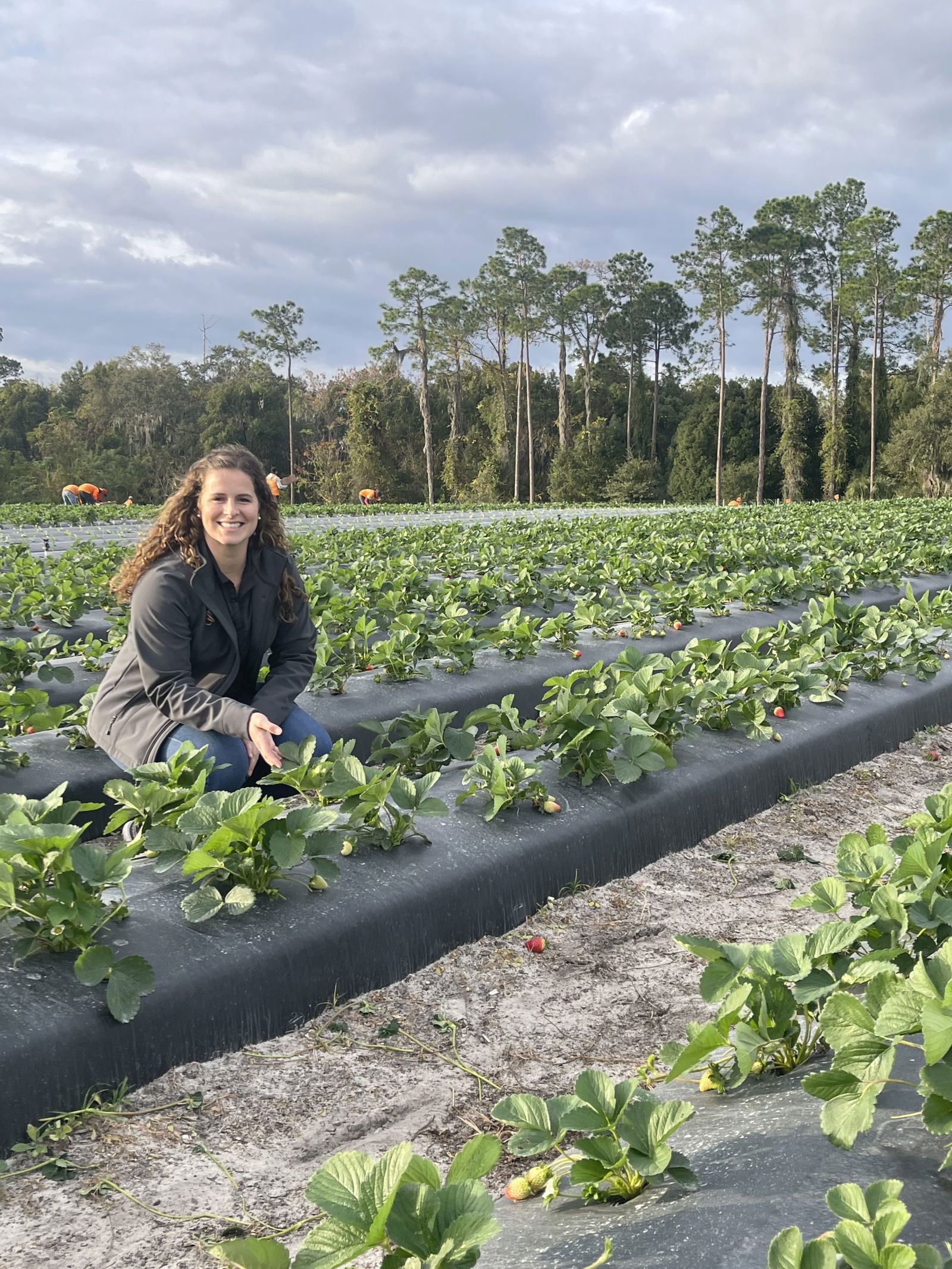Schedule 1-A: What Farmers and Landowners Need to Know
A new form with some opportunities for rural America
Beginning in the 2025 tax year, the IRS has rolled out Schedule 1-A, created under the One Big Beautiful Bill Act (OBBBA). While much of the attention has been on workers in the service industry, there are also provisions landowners and farmers should be aware of. The deductions on Schedule 1-A flow through to line 13b on Form 1040, after your standard or itemized deduction and the Qualified Business Income (QBI) deduction
How Schedule 1-A works for farmers
Most traditional crop and livestock producers will see only limited direct impact from the new categories. Still, depending on your age, farm structure, or financing, a few areas may be worth a closer look.
· Tip Income Exclusion
While unusual on most farms, this deduction may apply if your operation includes agri-tourism, a farm-to-table restaurant, or any other side business where workers earn tips. Up to $25,000 of tip income can be excluded each year if it’s properly reported.
· Overtime Pay Exclusion
This deduction (up to $25,000 for joint filers) targets hourly wage earners. For farms, it could apply to hired hands or employees clocking significant overtime. The challenge: W-2 forms may not clearly show overtime for 2025, so good payroll records will be essential.
· Car Loan Interest Deduction
Farmers often rely on trucks and passenger vehicles for everyday operations. Schedule 1-A allows a deduction of up to $10,000 in qualifying loan interest. The rules are still being clarified, but this may benefit farm families with financed vehicles used for both business and personal purposes.
· Enhanced Deduction for Seniors
This is where landowners stand to benefit the most. If you’re 65 or older, you may be eligible for an additional deduction of up to $6,000 ($12,000 for joint filers). For many senior farmers, this is a straightforward way to lower taxable income whether you itemize or not
What it means for farmland owners
For landowners and farm families, Schedule 1-A will not change the way you calculate your primary farm income, but it does create new ways to trim taxable income at the end of the return.
· Retired or semi-retired landowners: The senior deduction can provide meaningful relief.
· Farmers with employees: Those paying overtime may want to track eligibility closely.
· Farm families with financed trucks or vehicles: The car loan interest deduction could offer another modest benefit.
· Succession planning: While not tied directly to Schedule 1-A, remember that OBBBA also included new farmland-specific provisions, such as permanent QBI deductions and capital gains deferral for qualified farm-to-farm sales. These larger benefits may matter even more when planning the next chapter for your land
Key takeaways for rural taxpayers
· Schedule 1-A is a new form for 2025–2028 that pulls together four deductions.
· Most farmers will only use parts of it — especially the senior deduction and possibly the vehicle loan deduction.
· Accurate recordkeeping will be important for overtime and tip-related claims.
· These deductions do not reduce your QBI calculation, but they do lower taxable income after QBI.
· Broader farm tax provisions under OBBBA (like QBI permanence and capital gains deferral) remain the bigger story for agriculture.
Final thoughts
Schedule 1-A may not be a game-changer for most farm operators, but it represents another piece of the evolving tax landscape. For senior landowners, farm families with financed vehicles, or those with employees, it’s worth reviewing closely. And when combined with the broader provisions in OBBBA, these changes signal more planning opportunities for farmers and rural landowners in the years ahead.
Disclaimer: This article is for educational purposes only and should not be construed as tax, legal, or financial advice. Every taxpayer’s situation is unique. Please consult a qualified CPA, tax advisor, or attorney to determine how these rules may apply to your individual circumstances.
References
1. IRS. “Draft Schedule 1-A: Additional Deductions for Tips, Overtime, Car Loan Interest, and Seniors.” IRS.gov. Link to PDF Draft Form.
2. Kelly Phillips Erb. Forbes. “A First Look at the New Tax Form for Claiming Deductions for Tips, Overtime, Car Interest, and Seniors.” September 12, 2025.
3. The Tax Adviser. “IRS Releases Draft Form for Tip, Overtime, Car Loan, and Senior Deductions.” September 2025.
4. Current Federal Tax Developments. “Understanding the Draft Schedule 1-A Form 1040 for 2025: A Technical Review.” September 15, 2025.
5. IRS Newsroom. “One Big Beautiful Bill Act: Tax Deductions for Working Americans and Seniors.” 2025.
6. U.S. Congress. Senate Bill 129 – One Big Beautiful Bill Act of 2025. 119th Congress.
7. Farm Progress. “One Big Beautiful Bill Act Reshapes Farm Policy, Boosts Safety Net.” September 2025.
8. University of Nebraska-Lincoln (CAP). “Key Tax Changes for Farmers and Ranchers under the One Big Beautiful Bill.” 2025.
9. American Farm Bureau Federation. “Market Intel: One Big Beautiful Bill Act – Final Agricultural Provisions.” 2025.
10. Adams Brown CPA. “Farmers Will Find Tax Relief in Big Beautiful Bill.” 2025.



